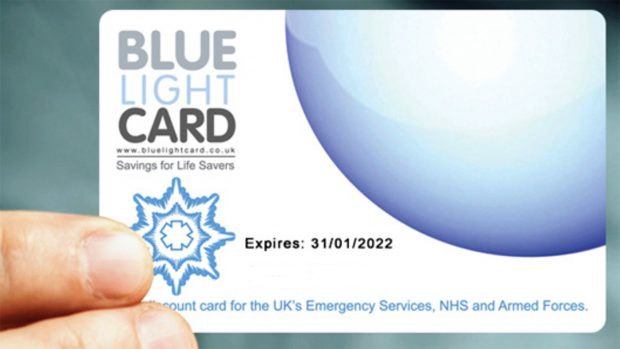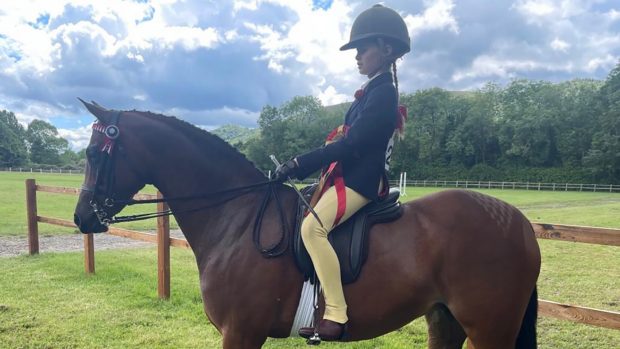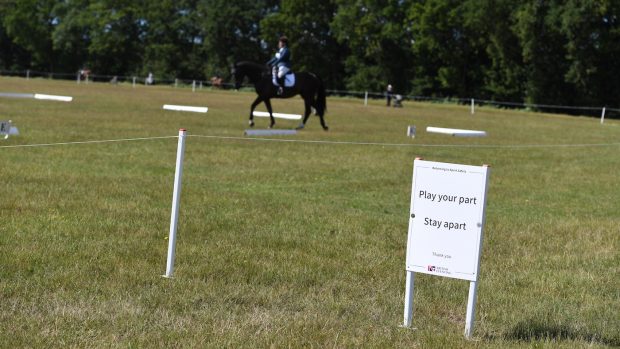A trauma doctor and dressage rider is calling on riders to refresh their memory on CPR and how to give someone life-saving first aid during the pandemic.
Dr Diane Adamson, a trauma consultant attached to Shrewsbury and Telford Hospital NHS Trust as well as Royal Stoke University Hospital, is urging the public to learn how to perform the potentially life-saving procedure and how to best adapt it in line with Covid safety advice.
“From 2019 to early 2020, there were 130,000 cardiac arrests in the UK, and 80% of those were at home,” she told H&H.
“One in 10 people survive an out-of-hospital cardiac arrest, but that ratio massively increases the quicker somebody can start CPR.”
She added the impact of the pandemic is a concern in terms of resuscitation for a number of reasons. These include worries over the likelihood of bystanders less willing to perform CPR as a result of concerns from the virus or lacking confidence in what to do; increased people working from home as opposed to offices with a higher chance of someone trained and/or a defibrillator in the immediate vicinity; as well as diet and stress factors.
New research from the Resuscitation Council revealed one in three UK adults don’t know whether or not CPR should only be carried out by professionals wearing PPE during the pandemic.
Dr Adamson explained there are “very small adaptations” that can be made to CPR guidance to help protect the person delivering the first aid, while also helping to save the life of the patient.
The message of “look, listen, feel” has been replaced with shaking or tapping a person’s shoulders and watching for the rise and fall of their chest, without putting your face close to theirs. For adults, the advice is now to put a tea towel or cloth loosely over the person’s face and to crack on with hands-only chest compressions (no mouth-to-mouth).
Dr Adamson adds children rarely go into cardiac arrest for heart-related causes, more often the cause is airway related, so those five rescue breaths are needed — if the rescuer is willing and able to give them, while understanding that if they do nothing, that person will die.
Dr Adamson, who competes as an amateur dressage rider in her spare time and was preparing for her para grading ahead of the pandemic, shared a video on her All The King’s Horses Facebook page as part of “Restart A Heart Day” (16 October) to help educate riders about how and why it is important to know what to do if someone goes into cardiac arrest.
The Resuscitation Council and other organisations behind Restart A Heart Day are concerned that people waiting, rather than taking action, could be putting thousands of lives at risk and are urging the public to act immediately to perform CPR when someone has collapsed and stopped breathing.
“Now, more than ever before, friends and family are dying unnecessarily from sudden cardiac arrest,” said Dr Andrew Lockey, consultant in emergency medicine and co-lead for World Restart A Heart Day at the Resuscitation Council UK.
“Worries about COVID-19 should not deter anyone from doing the best thing in an emergency.
“The principle message for Restart a Heart is that you can still save a life, while keeping yourself safe.”
British Heart Foundation chief executive Dr Charmaine Griffiths added “every second counts” when someone has a cardiac arrest.
“Doing something is always better than doing nothing,” she added.
“Learning CPR and having the confidence to perform it is as important as it has ever been. There are more than 30,000 out of hospital cardiac arrests that happen each year, and these will not stop as a result of the pandemic.
“Even in these challenging times we can still build a nation of lifesavers, and while this Restart a Heart Day will be like no other before it, we urge everybody to spend just 30 minutes of their time to learn this vital skill.”
Article continued below…

Eventer who abandoned warm-up to save spectator’s life goes on to jump double clear

Calls for more defibrillators after rider suffers heart attack out hacking
‘I think it’s really important for more places to have a defibrillator, if it had happened to me at home

Subscribe to Horse & Hound magazine today – and enjoy unlimited website access all year round
What should I do?
-
If you see someone has collapsed and is not breathing or not breathing normally, do not put your face next to theirs when checking for breathing. Instead, check for signs of breathing by looking to see if their chest is moving.
-
Call 999.
-
Lay a face covering, such as a mask, a cloth, towel or piece of clothing loosely over the mouth and nose of the person who has collapsed (i.e. do not seal the mouth and nose)
-
Do not do mouth to mouth rescue breaths
-
Start chest compressions by pressing hard on the chest two times per second – you can keep your time by following the beat of ‘Stayin’ Alive’ or ‘Baby Shark’.
-
Use a public access defibrillator if one is available





